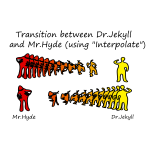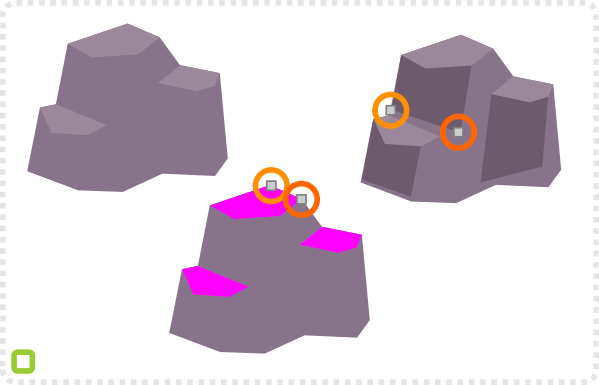



The Layers palette showing both layers, with the top layer set to the "Normal" blend mode. On the bottom Background layer we have a solid blue color, and on the layer above it, we have a gradient going from pure black on the left to pure white on the right, along with a black square, a white square, and a square filled with 50% gray: Once again, we'll start with my two-layer document that we first used on the previous page when we looked at how the Multiply mode works. Let's look at how the Screen blend mode works in Photoshop. If you were to take two of them, place each slide in a separate projector and shine both projectors onto the same screen, the combined images on the screen would appear lighter than either image would appear on its own.ĭownload this tutorial as a print-ready PDF! Imagine once again that your photos are on slides. Screen is actually the exact opposite of Multiply, and while the Multiply blend mode gets its name from the math that goes on behind the scenes when we set a layer to the Multiply mode, Screen gets its name from its real world analogy.

If you recall from the first page, the Screen blend mode is found in the Lighten group, along with the Lighten, Color Dodge and Linear Dodge blend modes, so we know that it lightens the image in some way. This time, we're going to look at our second essential blend mode, Screen. On the previous page, we looked at the first of the five, Multiply, which darkens the image and is very useful for restoring dark areas that have faded over time, as well as restoring detail in overexposed images. So far on our journey through the essential blend modes for editing, retouching and restoring photos in Photoshop, we've learned that all of Photoshop's blend modes, with the exception of "Normal" and "Dissolve", fit nicely into one of five main categories - Darken, Lighten, Contrast, Comparative, and Composite, and that in these five categories, we find five layer blend modes that are absolutely essential for working in Photoshop.


 0 kommentar(er)
0 kommentar(er)
